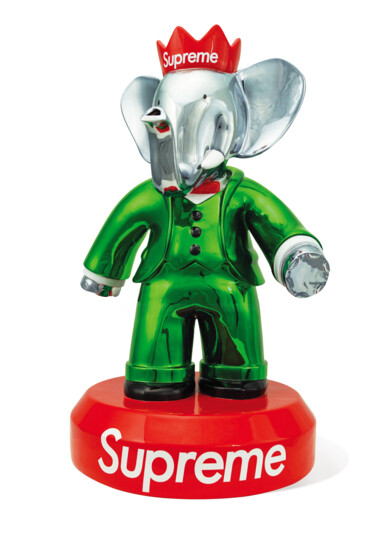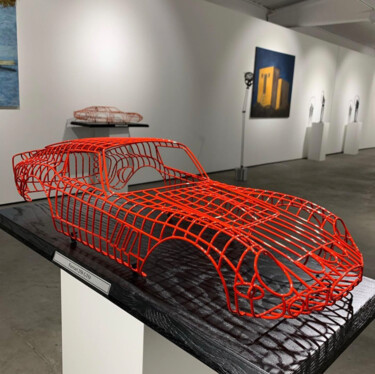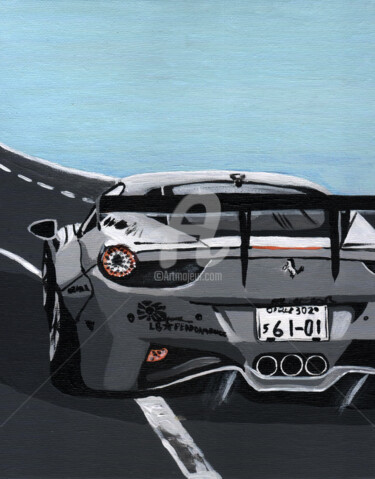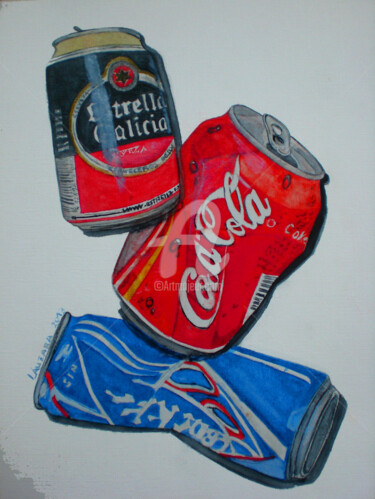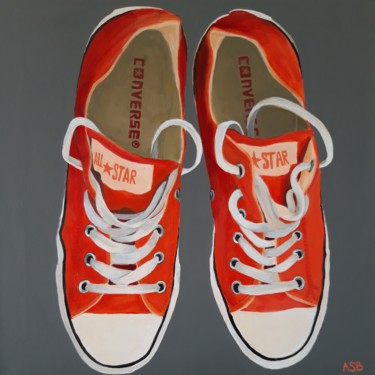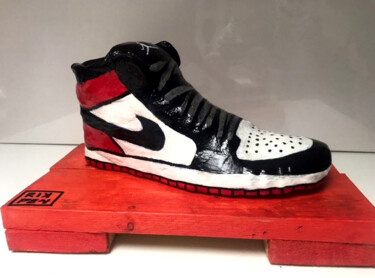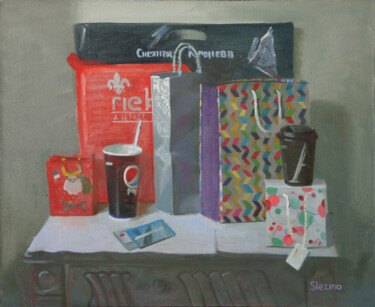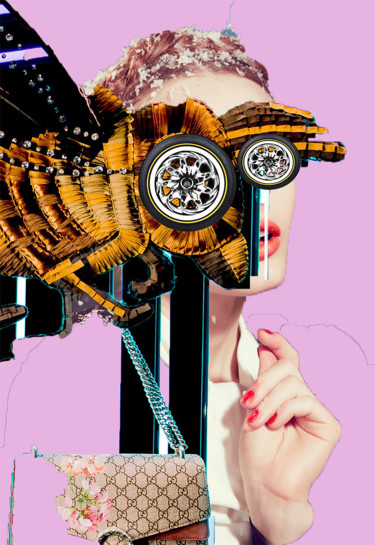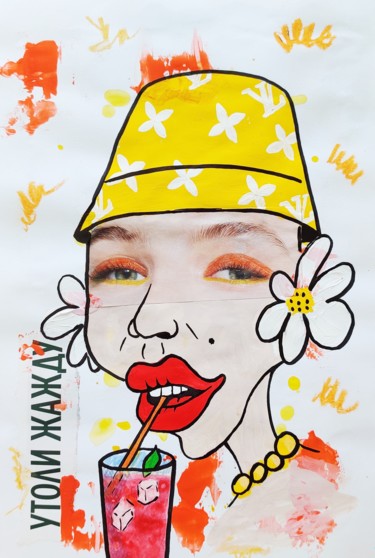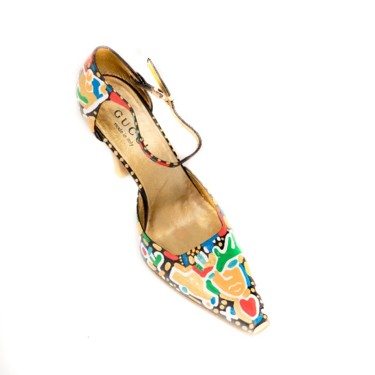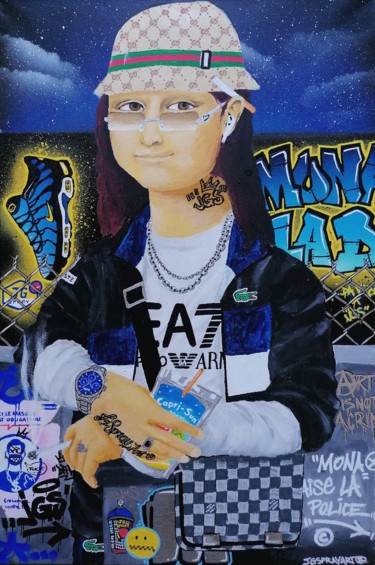Advertising posters
In capitalist societies, advertising, in addition to being ubiquitous, also represents one of the forms of dominant culture, aimed at enticing the consumption of goods, which are portrayed as indispensable means for the achievement of well-being and happiness.
What are the origins of modern advertising?
In the eighteenth century, advertisements occupied, free of charge, and with small ads, the fourth page of newspapers, while, from the last thirty years of the nineteenth century, the use of advertising poster became widespread. The latter represent one of the oldest forms of existing publicity which, born during the second industrial revolution, was initially linked to the promotion of calendars of theatrical shows or cabarets, places of entertainment that were spreading during those years. The advertising poster was invented by the Frenchman Jules Chéret, who, by innovatively exalting the figurative part of the advertisement, as opposed to the textual one, also included the presence of models. In Italy, on the other hand, the history of the advertising poster is indissolubly linked to the name of the most innovative poster artist: Leonetto Cappiello (Livorno, April 9, 1875 - Cannes, February 2, 1942).
Leonetto Cappiello, Bitter Campari, 1921. Lithography, 100 x 70 cm. MIlan, Archivio Galleria Campari,.
Leonetto Cappiello and Campari
Campari, also known as Campari Bitter or Bitter Campari, is a popular Italian alcoholic beverage, used in the preparation of famous cocktails, such as Negroni and Americano. In order to advertise Campari, Leonetto Cappiello, in 1921, proposed an avant-garde poster, where, for the first time, an image replaced the product to be sold. In fact, in the poster, the alcoholic beverage is represented in the hands of an animated character: the "Spiritello". This testimonial, a sort of genie of the lamp wrapped in the peel of an orange, was perfect to be combined with the famous orange drink, so much so that it soon became a character loved by the Italian public. Finally, the "spiritello", aimed at embodying the product without being at the same time unrelated to it, was animated by a cheeky smile, made with the purpose of tempting the viewer to buy Campari.
Andy Warhol, Green Coca-cola Bottles, 1962. acrylic, serigraphy and graphite pencil on canvas, 210.2 × 145.1 cm. New York, Whitney Museum of American Art.
Andy Warhol: Coca Cola
Se Leonetto Cappiello, esponente dell'Art Nouveau, era stato ingaggiato dalla Campari per creare manifesti pubblicitari, che avevano unito in modo innovativo arte e consumismo, i rappresentanti della Pop Art americana degli anni Cinquanta e Sessanta, invece, inserirono spontaneamente le grandi marche nelle loro opere, per rivelare l'avvento della società dei consumi di massa. Questo può essere esemplificato dall'opera di Andy Warhol Green Coca Cola Bottles, che, creata nel 1962, raffigura 112 bottiglie vuote di Coca Cola, disposte in 7 file di 16 ciascuna. Green Coca Cola Bottles fu realizzata con la tecnica della serigrafia, appositamente scelta dall'artista per alludere ai meccanismi di produzione di massa tipici della società dei consumi. Tuttavia, i contorni delle bottiglie, probabilmente stampati a mano, differiscono l'uno dall'altro nei loro contorni, nell'uniformità della vernice e nella loro inclinazione, dando a Green Coca Cola Bottles un tocco di realizzazione manuale. Infine, l'opera di Warhol, che criticava ironicamente, e allo stesso tempo glorificava, gli idoli e i valori superficiali della cultura americana, riuscì a portare nei musei i prodotti tipici dei supermercati. Infatti, l'artista stesso dichiarò l'uguaglianza tra supermercato e museo, sostenendo che in entrambi i luoghi si potevano "consumare prodotti" in modo simile.
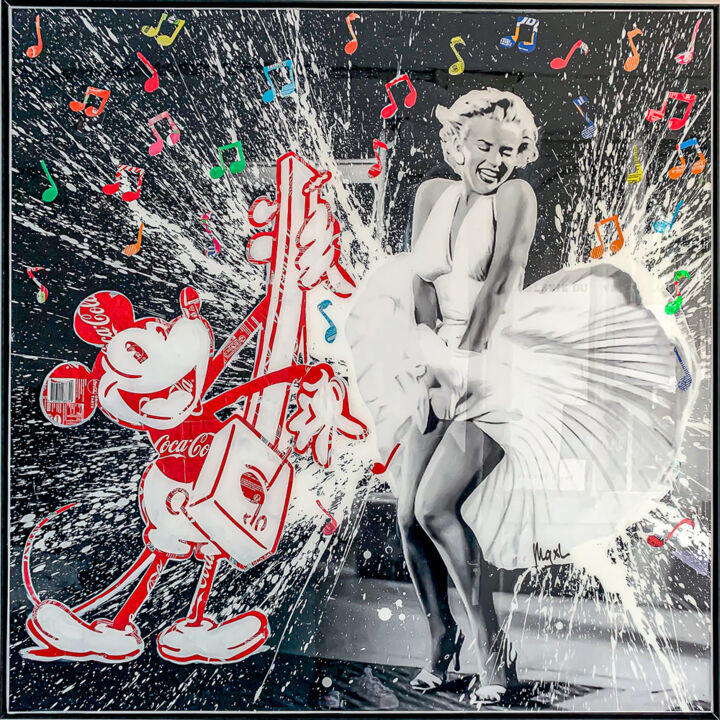 Maxl, Marilyn & Mickey, 2021. Collage and acrylic, 102 x 102 cm.
Maxl, Marilyn & Mickey, 2021. Collage and acrylic, 102 x 102 cm.
Maxl: Coca Cola, Mickey Mouse and Marilyn Monroe
In the artwork of the artist from Artmajeur, Maxl, the logo and colors of Coca Cola adorn the features of a new Mickey Mouse, which finds its place next to a Marilyn Monroe, depicted in her most famous iconic pose. In fact, this collage seems to bring together, in a totally innovative way, three themes dear to the work of Andy Warhol: Coca Cola, Mickey Mouse and Marilyn Monroe. As a result, Maxl's work seems to be a spokesman for the poetics of American Pop Art, characterized by a keen interest in images that refer to the artificial world in which consumers live, such as everyday industrial products and mass media. Advertising, television and cinema, but also the shelves of supermarkets, become the new subjects of works of art, capable of spreading a more colorful and lively vision of reality, under which, however, lies a feeling of anxiety and latent anguish.
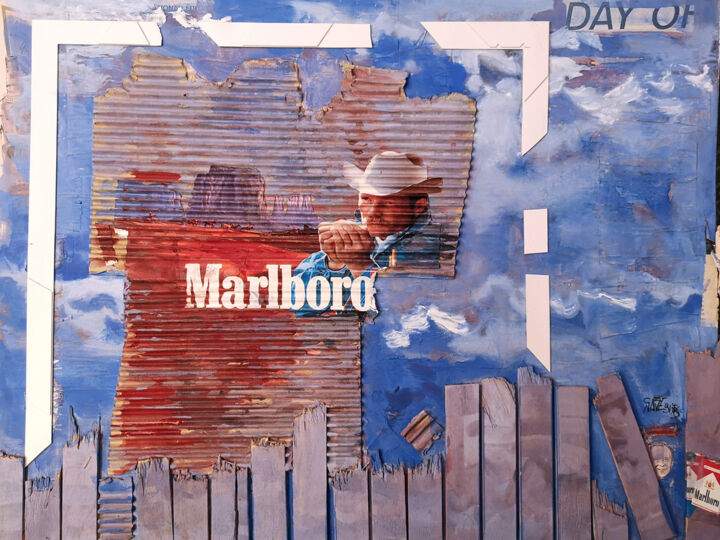 Stephane Cazenave, Marlboro County, 1991. Collage and acrylic, 50 x 65 cm.
Stephane Cazenave, Marlboro County, 1991. Collage and acrylic, 50 x 65 cm.
Stephane Cazenave: Marlboro
Among the most famous collages made by the exponents of Pop art there are certainly those of Richard Hamilton, pioneer of English Pop art. In fact, one of his most famous artworks, entitled Just what is it that makes today's homes so different, so appealing?, was created through the juxtaposition of photographs and images taken from the American press, representing a condensation of references to pop culture. The collage by Artmajeur artist Stephane Cazenave, on the other hand, stands out for having combined the above technique, in a very personal and original way, with acrylic painting, which is used to create the background around the cropped photo of the cowboy. The cowboy represents an iconic character from the world of advertising, inextricably linked to a well-known brand of American cigarettes, to which the work makes explicit reference with the words "Marlboro". In conclusion, the work of Cazenave stands out for its ability to combine a cult subject of the world of consumerism with a very personal artistic technique.
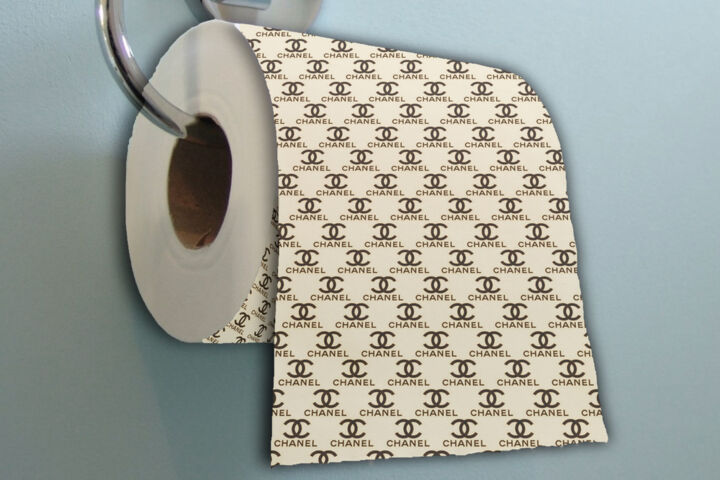 Tony Rubino, Chanel Toilet Paper, 2021. Acrylic and lithography,
Tony Rubino, Chanel Toilet Paper, 2021. Acrylic and lithography,
30,5 x 45,7 cm.
Tony Rubino: Chanel
The works investigated so far, in line with the poetics of Pop art, do not want to criticize society, but simply reflect its characteristics. In support of what has been said, I report the phrase of the famous artist, Roy Lichtenstein: ''I'm not very sure of the type of social message contained in my art, if there is one''. The work of Tony Rubino, artist of Artmajeur, is strongly detached from this context, infact, most probably, he wanted to give voice to his dissent towards the consumer society, depicting the brand of a well-known fashion house on a roll of toilet paper. Moreover, if Andy Warhol's Pop art had preferred the use of serigraphy, a printing technique that allows the reproduction of images in series, Tony Rubino has opted for lithography, which, producing only a very limited number of editions, definitely detached from the assembly line production of consumer society. In conclusion, the work of the artist from Artmajeur represents a very personal interpretation of Pop art, which is loaded with new meanings.


 Olimpia Gaia Martinelli
Olimpia Gaia Martinelli
